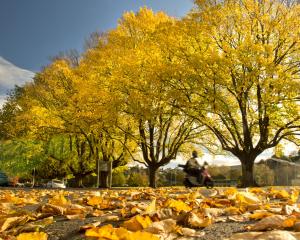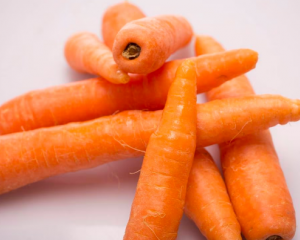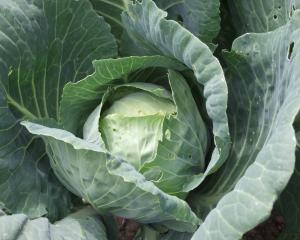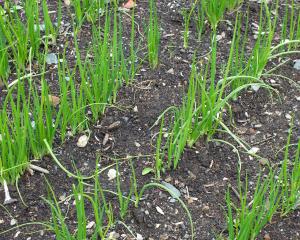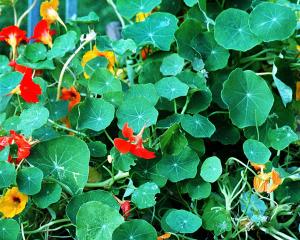Vegetables
Potato crops can be harvested before the tops have died right away from the plants. In small gardens, digging early enables the area to be used for winter greens such as silverbeet or spring cabbage, or for a green manure crop (oats, peas, lupins) to be sown.
Once the lower leaves of potatoes have turned yellow, lift the tubers and store them in a cool, dry place away from daylight. Old drawers or shallow boxes lined with newspaper are ideal for potato storage.
The success of winter and spring crops depends on work done now. Mulch around the crops with compost to retain moisture, feed with liquid manure to encourage leafy growth and hoe regularly to control weeds. Hoeing also exposes to the air the upper layers of the soil, where oxygen-loving bacteria live.
Broccoli can be still planted, but it is really too late for Savoy cabbages or Brussels sprouts, except in warmer northern districts.
Fast-maturing hardy Asian vegetables, such as tatsoi, can still be sown and will stand over winter.
Pea and bean plants should be cleared away once their crops have finished and the plants added to the compost bin. Turn the ground over to cover weeds and rubbish, then sow a green manure crop or plant with spring cabbages.
Flowers
Garden centres are now advertising new stocks of spring bulbs, so buy early while the greatest variety is available. Anemones and ranunculus, both of which are available in single colours as well as mixed collections, do best in deeply dug soil enriched with decayed manure. This will hold moisture, but to prevent the corms rotting, improve drainage with a layer of river gravel about 50cm below the surface. Plant anemone corms point down. Newer strains of ranunculus include a dwarf form, useful for growing in pots, although they need to be kept cool and well-watered to prevent flower buds shrivelling and coming to nothing. The same is true of potted tulips.
As perennials die down, they can be divided, using a knife or sharp spade. Perennial phlox and Michaelmas daisies are easily increased in this way.
Hardy annuals sown now will fill a gap in the garden once the spring show of bulbs is over. Plants that look good in the garden and as cut flowers include calendula — newer varieties have peach and cream shades — cornflower, annual chrysanthemum, godetia, larkspur, nigella (Persian Jewels is one of the best mixes) and scabious.
California poppies (Eschscholtzia), although unsuitable for picking, thrive in dry, sunny conditions. As well as the common orange one, seen growing wild on river gravels and on roadsides in parts of the South Island, there are pink, rose and cream single and double forms.
Border plants to sow now where they are to flower next season include viscaria, alyssum, silene Robin White Breast, perennial German statice (Limonium tataricum) White Smoke, annual Pink Pokers statice (L. suwarowii) and candytuft (Iberis umbellata). Sow seed on a fine day, after raking the soil surface to a fine crumb and watering it. Cover seed lightly. As seedlings appear, thin them out so each plant can develop and harden up before cold days and harsh winds settle in.
Fruit
Strawberries can still be planted, although the crop produced next summer will be smaller than that from young plants set out earlier in the month.
June or July is the best time to transplant fruit trees and garden shrubs, but it pays to get them ready for the shift now. This is done by wrenching, slicing through the soil with a sharp spade to cut a portion of the roots.
To decide where to cut, go out from the main stem or trunk to about a third of the distance the branches spread, then cut about halfway around the plant and under the cut as far as the spade will reach.
The uninjured roots maintain the plant’s food supply, while the severed roots begin to form new rootlets.
When the plant is lifted in a couple of months time, enough fibrous roots will have formed after wrenching to take in water as soon as the plant is in its new position.


